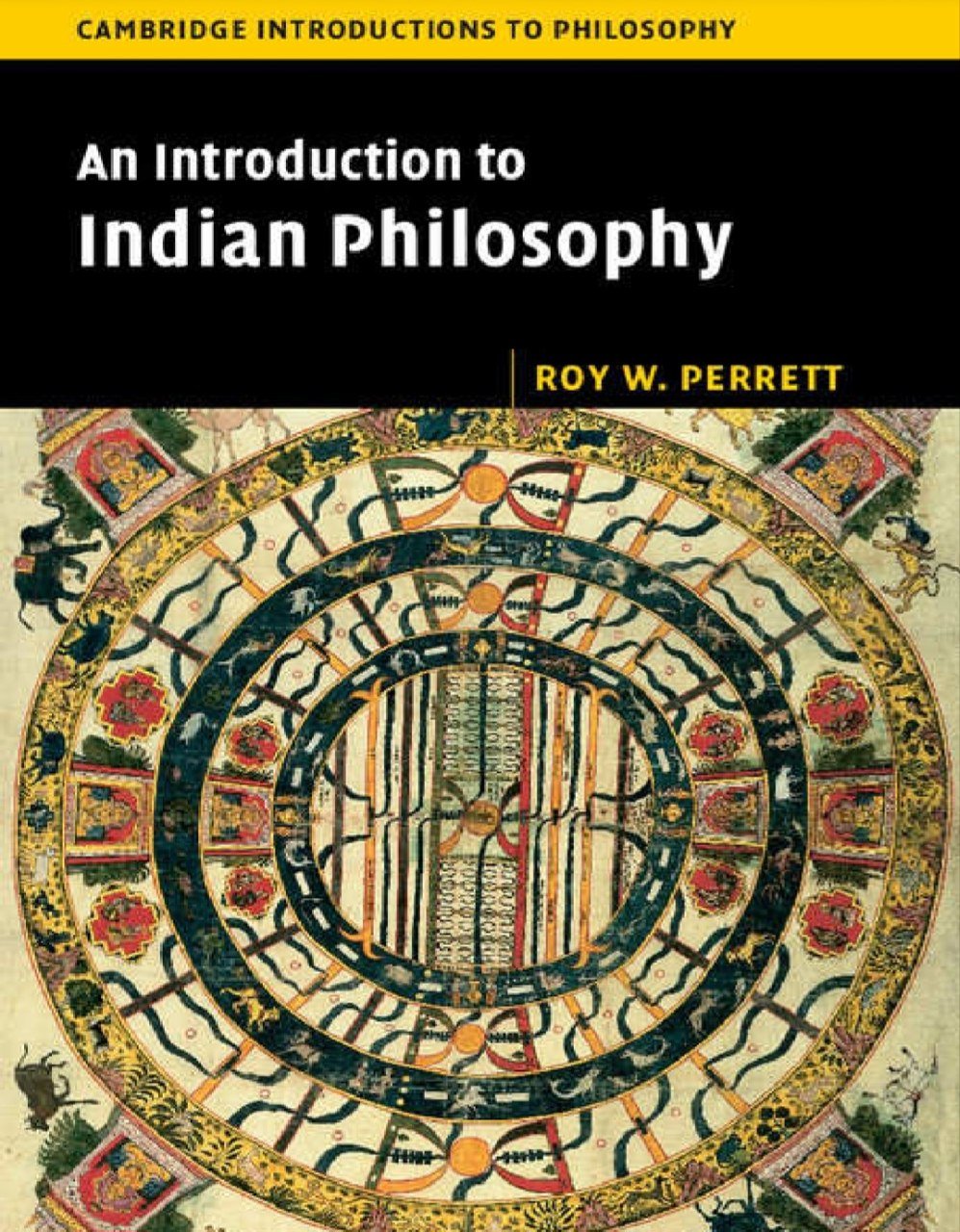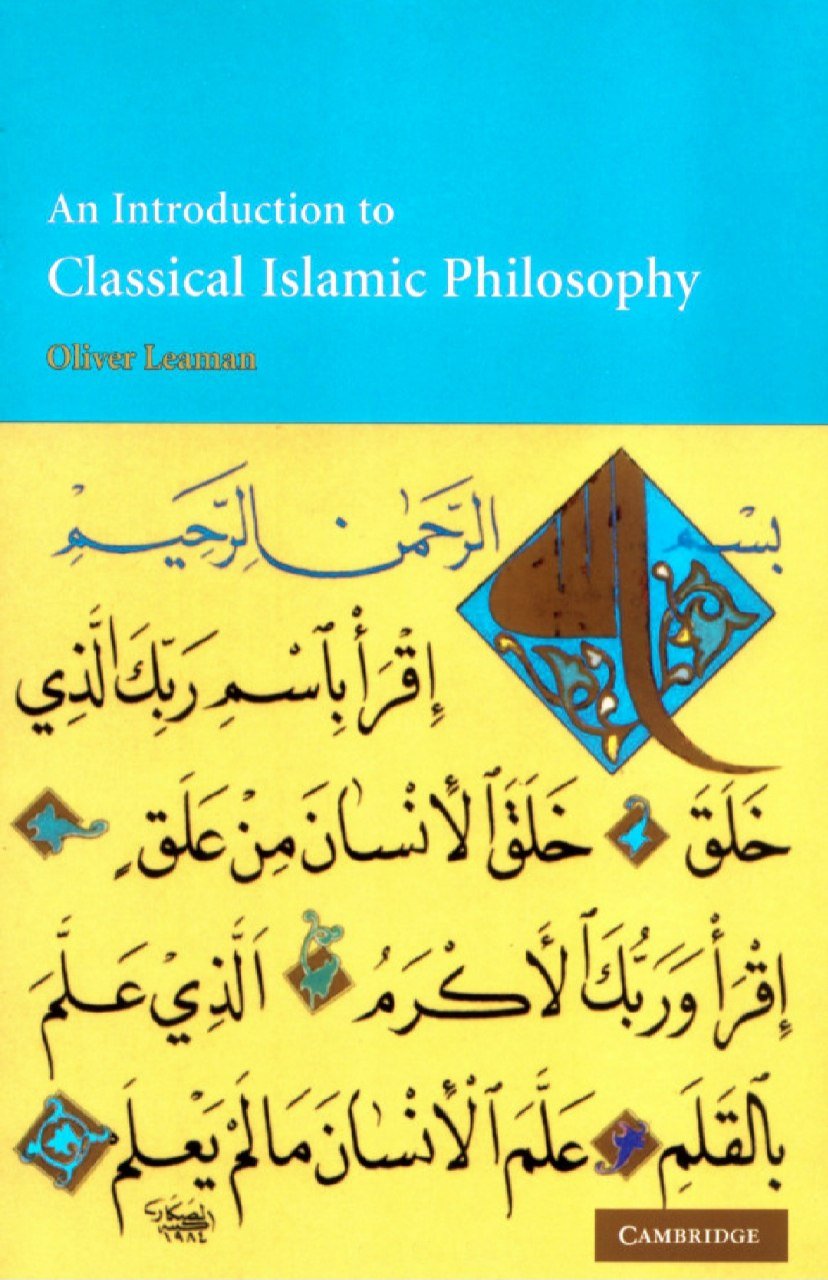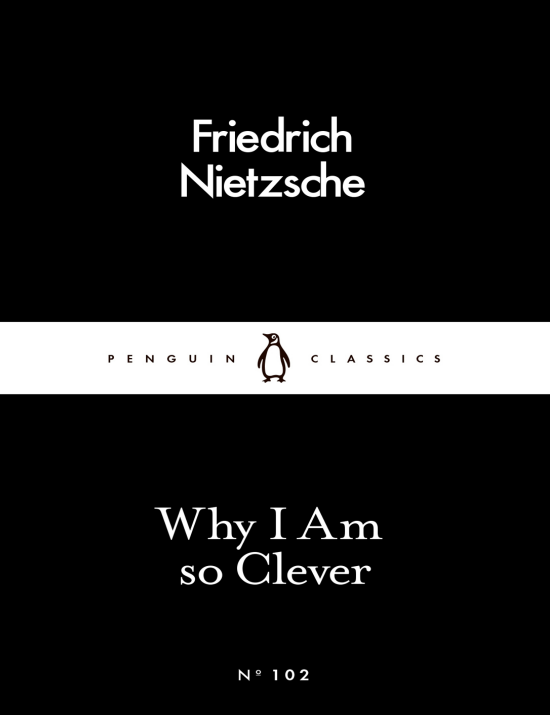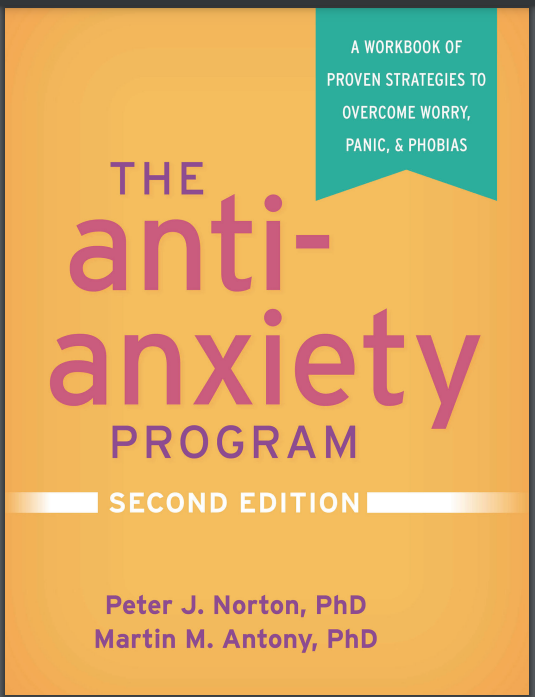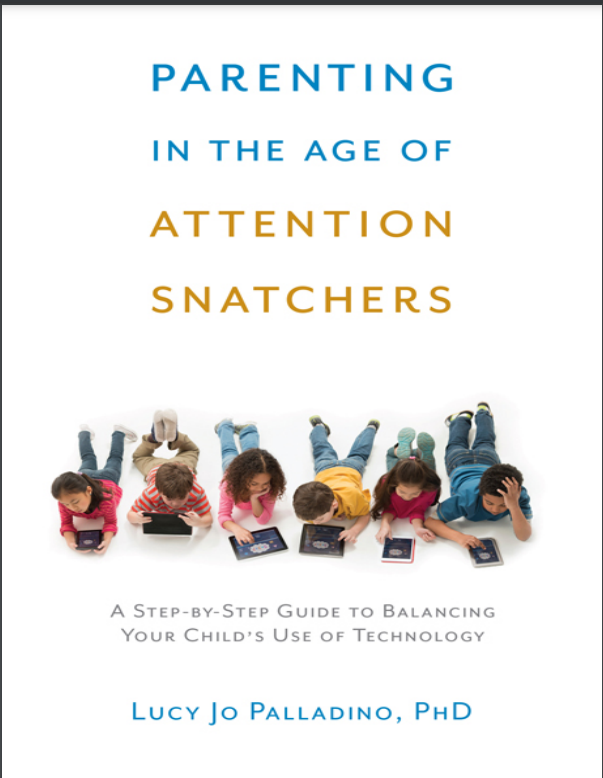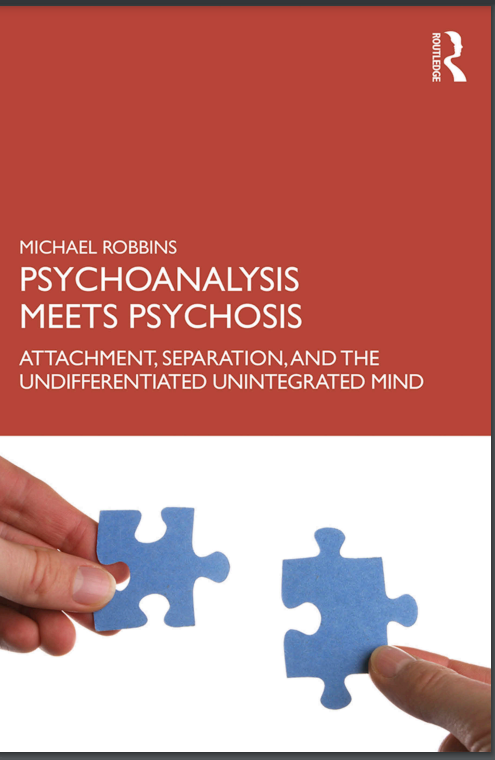

Mysticism: A Guide for the Perplexed by Paul Oliver
Reviews
No review yet. Be the first to review this book!
Description
Mysticism: A Guide for the Perplexed by Paul Oliver is a comprehensive introduction to the complex and multifaceted world of mysticism. The book serves as a guide for those intrigued by mystical traditions across different cultures, offering a clear, accessible explanation of the key ideas, practices, and figures that have shaped mystical thought throughout history. The author provides a balanced exploration of mysticism, drawing from both Western and Eastern traditions to offer readers a broader perspective on this spiritual pursuit. Oliver starts by defining mysticism, describing it as the direct experience of the divine or the transcendent, often characterized by a sense of unity, oneness, and profound insight. He emphasizes that mysticism is not confined to any single religion or philosophy but is a common thread running through various spiritual and religious traditions around the world. The book covers a wide range of mystical figures, from ancient to modern times, including key figures from Christianity, Sufism, Buddhism, and Hinduism, exploring their teachings, practices, and contributions to the mystical tradition. The book delves into the different types of mysticism, such as contemplative, ecstatic, and nature mysticism, and examines the ways in which these forms manifest in various religious practices. For example, in Christian mysticism, figures like Meister Eckhart and St. John of the Cross are discussed, while in Sufism, the teachings of Rumi and Ibn Arabi are explored. Oliver also discusses the mystical practices that help facilitate spiritual experiences, such as meditation, prayer, fasting, and asceticism, and how these practices are designed to transcend the ego and bring the practitioner into a direct encounter with the divine. One of the key themes of the book is the tension between the mystical experience and rational thought. Mysticism often involves direct, ineffable experiences that cannot be easily expressed through language or understood through intellectual analysis. Oliver addresses this tension by discussing the role of paradoxes, symbols, and metaphors in mystical literature, highlighting how mystics often use poetic language to describe experiences that are beyond the capacity of ordinary speech. Oliver also tackles the challenges mysticism faces in the modern world. He reflects on the rise of scientific rationalism and its impact on spiritual traditions, as well as the ways in which mysticism has been integrated into or resisted by modern religious practices. He acknowledges the criticisms of mysticism, particularly its tendency to transcend conventional belief systems and its potential for promoting individualism, but he also defends its value as a path to deeper understanding and connection with the divine. Throughout Mysticism: A Guide for the Perplexed, Oliver’s writing is clear, engaging, and accessible, making complex ideas about mysticism understandable for a general audience. The book serves as an invaluable resource for those looking to explore mysticism, whether they are spiritual seekers, students of religion, or simply curious about this profound aspect of human experience. By the end, readers will have a greater appreciation for the richness and diversity of mystical traditions and the powerful impact mysticism has had on spiritual and philosophical thought.




















.jpg)





.jpg)


.jpg)




.jpg)
.jpeg)





.jpeg)






.jpeg)













.jpg)










.jpg)



.jpeg)

.jpeg)

.jpg)
.png)








.jpg)





.jpg)






